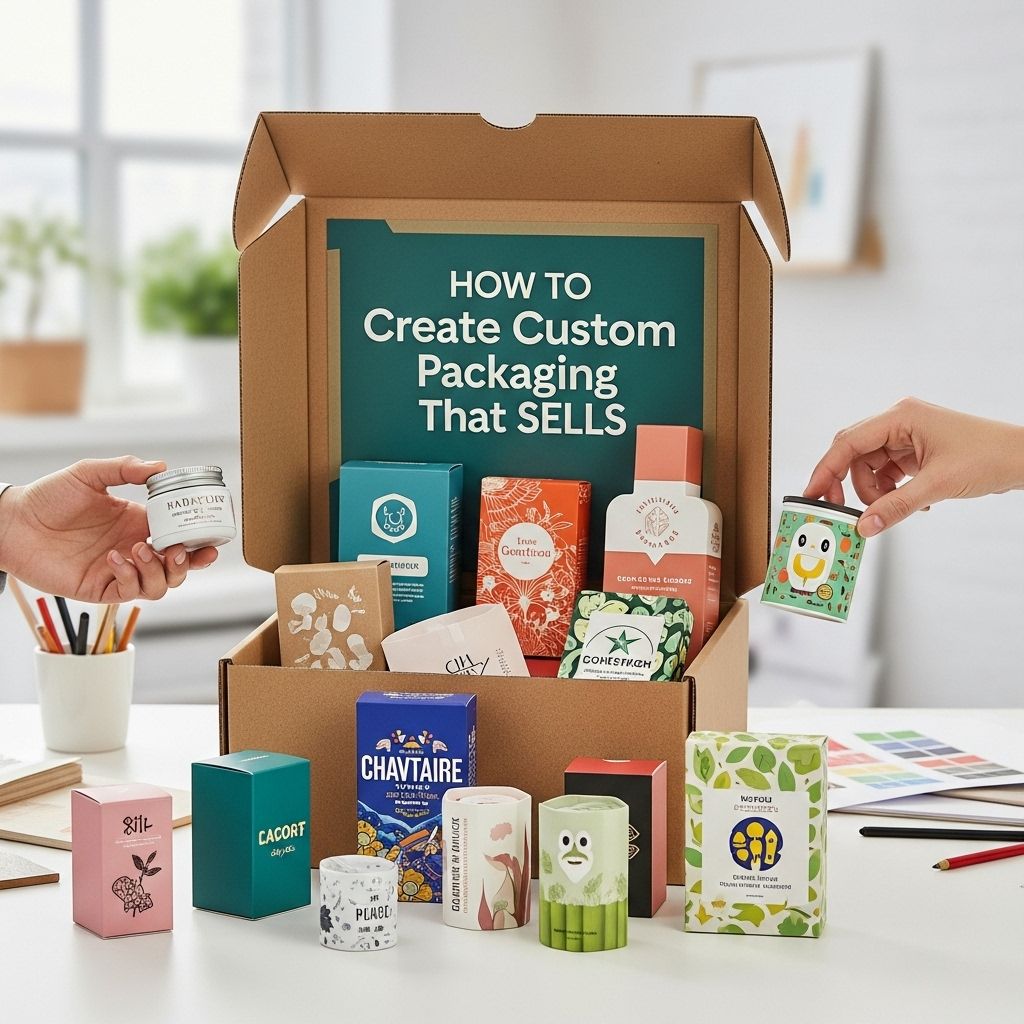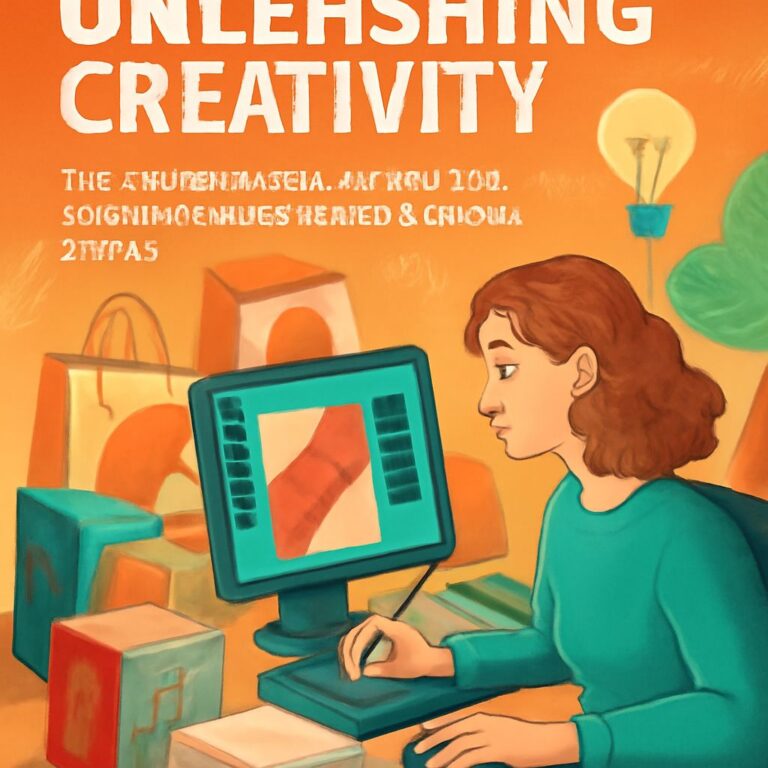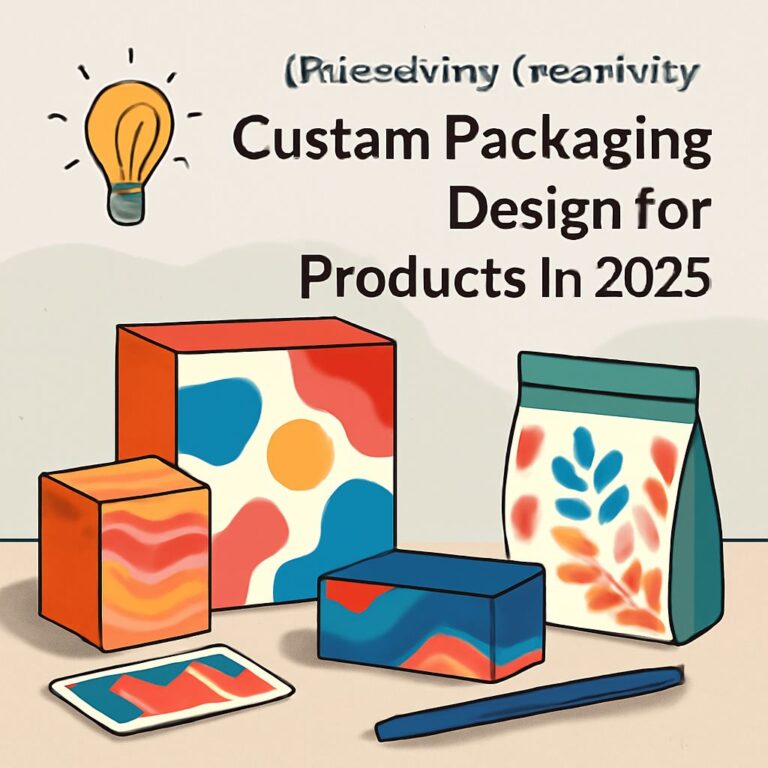In today’s competitive marketplace, custom packaging plays a crucial role in attracting customers and enhancing brand identity. With the explosion of e-commerce and the increasing importance of a memorable unboxing experience, businesses are recognizing the need to invest in innovative and eye-catching packaging solutions. This article will explore the various aspects of creating custom packaging that not only looks appealing but also drives sales.
Table of Contents
The Importance of Custom Packaging
Custom packaging goes beyond merely protecting the product. It serves as a vital communication tool between the brand and the consumer. Here are some key reasons why custom packaging is important:
- Brand Identity: Custom packaging helps in establishing a strong brand identity. Unique designs and materials can set a product apart from competitors.
- Consumer Experience: A well-designed package enhances the unboxing experience, leading to customer satisfaction and encouraging repeat purchases.
- Marketing Tool: Packaging can act as a marketing tool by effectively communicating the product’s benefits and brand story.
- Sustainability: Eco-friendly packaging options can attract environmentally conscious consumers.
Understanding Your Target Audience
Before diving into design, it’s essential to understand your target audience. Knowing who your customers are will help tailor your packaging to their preferences. Consider the following:
Demographic Analysis
Analyze the demographics of your target market, including:
- Age
- Gender
- Income Level
- Location
Psychographic Profiling
Go deeper by assessing the interests, values, and lifestyle of your audience. This can include:
- Brand loyalty
- Buying motivations
- Preferred shopping channels
Design Elements That Sell
Once you’ve understood your audience, the next step is to focus on design elements that grab attention and drive sales.
Color Psychology
Colors invoke emotions and can influence purchasing decisions. Here’s a quick guide:
| Color | Emotion | Implication |
|---|---|---|
| Red | Excitement, Passion | Encourages impulse buying |
| Blue | Trust, Dependability | Ideal for corporate brands |
| Green | Health, Wellness | Used for organic products |
| Yellow | Optimism, Youth | Grabs attention |
Typography
Your choice of font can significantly impact the perception of your brand. Consider the following:
- Readability: Ensure that the text is easy to read.
- Font Style: Choose styles that reflect your brand’s personality.
- Hierarchy: Use different font sizes to create a visual hierarchy, guiding consumers through the packaging.
Imagery and Graphics
High-quality images and graphics can convey your brand message effectively. When using imagery:
- Ensure it reflects your product and brand ethos.
- Use professional photography to enhance visual appeal.
- Consider using illustrations for a unique touch.
Materials and Sustainability
The choice of packaging material is not only about aesthetics but also about functionality and sustainability. Here are some considerations:
Types of Packaging Materials
- Cardboard: Lightweight and recyclable, suitable for various products.
- Glass: Offers premium feel but can be heavy and fragile.
- Plastic: Versatile but focus on recyclable options to reduce environmental impact.
- Eco-Friendly Options: Biodegradable materials are increasingly popular among conscious consumers.
Benefits of Sustainable Packaging
Sustainable packaging offers several benefits:
- Attracts eco-conscious consumers.
- Improves brand perception.
- Potential for cost savings through reduced materials.
Prototyping and Testing
Once you have a design in mind, it’s crucial to prototype and test your packaging. This can prevent costly mistakes down the line. Here’s how to approach this phase:
Creating a Prototype
Use materials similar to your final choice to create a prototype. This will help in visualizing the final product.
Conducting User Testing
Gather feedback from potential customers on the packaging. Key areas to focus on:
- Visual appeal
- Ease of opening
- Perceived value
Brand Storytelling through Packaging
Packaging is an excellent platform for storytelling. Here are some ways to incorporate storytelling into your design:
Include a Brand Narrative
Share your brand story on the packaging, including:
- Origins of the brand
- Product benefits and features
- Personal anecdotes related to the product
Visual Storytelling
Use visual elements to tell your story through:
- Illustrations that represent your brand’s journey.
- Infographics that highlight product features.
Conclusion
In conclusion, creating custom packaging that sells involves a combination of understanding your audience, incorporating effective design elements, selecting appropriate materials, and telling your brand story. By focusing on these areas, businesses can create packaging that not only stands out on the shelf but also fosters a deeper connection with consumers, ultimately driving sales and enhancing customer loyalty.
FAQ
What are the key elements of effective custom packaging?
Effective custom packaging should be visually appealing, functional, and aligned with your brand identity. Consider using unique shapes, colors, and materials that resonate with your target audience.
How can custom packaging enhance my product’s marketability?
Custom packaging can enhance marketability by creating a memorable first impression, differentiating your product from competitors, and providing an opportunity for storytelling that connects with consumers.
What materials are best for custom packaging?
The best materials for custom packaging depend on the product type, but options include recyclable cardboard, biodegradable plastics, and luxury materials like foil or embossed finishes for premium products.
How do I ensure my custom packaging is eco-friendly?
To ensure eco-friendliness, choose sustainable materials, minimize waste in the design process, and consider using reusable or recyclable packaging solutions.
What role does branding play in custom packaging design?
Branding plays a crucial role in custom packaging design by reinforcing brand recognition, conveying brand values, and creating a cohesive experience that fosters customer loyalty.
Can I incorporate technology into my custom packaging?
Yes, incorporating technology like QR codes, NFC tags, or augmented reality elements into your custom packaging can enhance customer engagement and provide additional information about your product.




